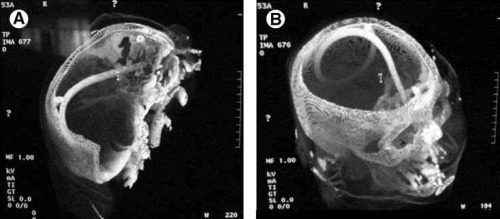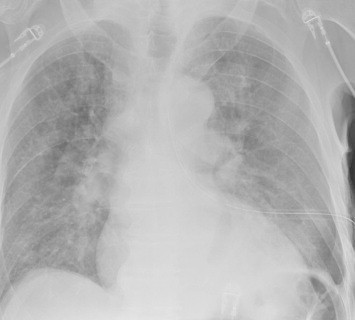Traditionally, most centers keep their solid organ injury patients in bed and NPO for a period of time. I suspect that they feel that walking may cause the organ to break and require operation. And if they need emergency surgery, shouldn’t they have an empty stomach?
Now let’s think about this. The success rate of nonoperative management for liver and spleen injuries in properly selected patients is somewhere between 93% and 97%. It’s been years since I’ve had a failure while the patient was in my hospital. And since we treat about 200 of these per year, I will be starving and restricting ambulation in a lot of patients just in case that one failure occurs.
The group at LA County – USC recently published a prospective, observational study of their 20-month experience comparing early ambulation vs delayed ambulation after liver, spleen, or kidney injury. They admitted 246 patients with these injuries, but excluded those who couldn’t walk, walked out against medical advice, died, or underwent operative intervention or angiography.
Here are the factoids:
- There were 36 patients in the early ambulation group (<24 hours) and 43 late ambulators (>24 hours)
- There were no complications in the early group, and three in the late group (one readmission, two developed pseudoaneurysm that required embolization)
Bottom line: This is a very small study, but it dove-tails with my personal experience. We removed activity restrictions and NPO status from our solid organ protocol two years ago and have not noted any complications while in the hospital.
Reference: Safety of early ambulation following blunt abdominal solid organ injury: A prospective observa-tional study. Am J Surg 214(3):402-406, 2017.




